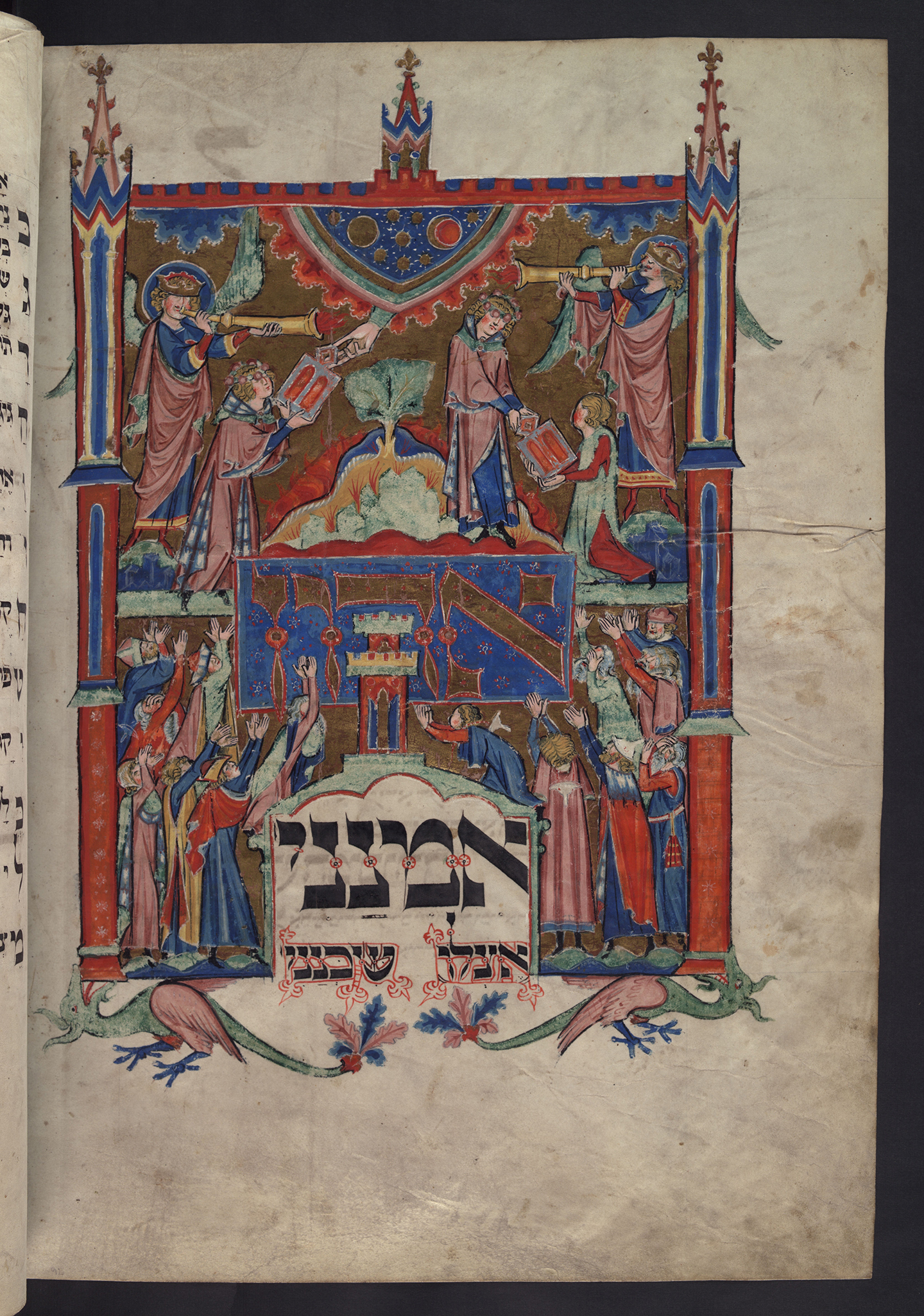
Wednesday, May 11, 2022 - 11:30am
Dissertation Defense - Abigail Rapoport, "Covenantal Connections: Visualizing Mosaic Law in the Middle Ages"
Dissertation Committee: Prof. Sarah Guérin (chair), Prof. Larry Silver, and Prof. Shira Brisman
This dissertation examines iconography related to the Mosaic covenant in Jewish and Christian contexts of western Europe, specifically the regions of northern France and the Holy Roman Empire from circa 1250 to 1348. While there is more than one covenant in the Hebrew Bible, this project discusses the Mosaic covenant—ratified by the Tablets of Law delivered to Moses and the Israelites at Mount Sinai—which holds essential concern for both Jewish and Christian communities of the later Middle Ages. By situating the imagery of the Mosaic covenant within internal developments pertinent to both communities, this study illuminates how such covenantal iconography was intricately tied to current concerns, shaped by matters of the day, and key to fashioning their respective identities.
Building on and departing from past literature, this study focuses on how Jewish communities in medieval Ashkenaz perceived themselves in relation to the Mosaic covenant vis-à-vis their own internal communal developments, in dialogue with liturgical practices. This study is the first to examine a corpus of six festival prayerbooks (mahzorim) from medieval Ashkenaz, particularly the imagery and liturgy for Shavuot (“Festival of Weeks”), the holiday that commemorates the biblical event of Moses and the Israelites receiving the Ten Commandments on the Tablets of Law at Mount Sinai. Mahzorim, used by the Jewish communities in liturgical practice, furnish valuable evidence for reconstructing a living tradition when almost all other evidence has been lost. This dissertation investigates the different visual strategies deployed for illustrating the scene of the revelation of the Law and argues that the mahzorim, contextualized within the pertinent liturgy and ritual practices, aided the Jewish communities of medieval Ashkenaz in asserting their ongoing covenantal connections within their contemporary Jewish practice.

